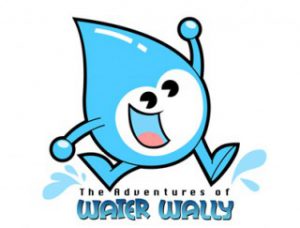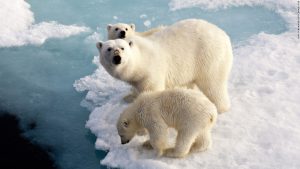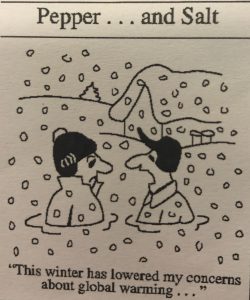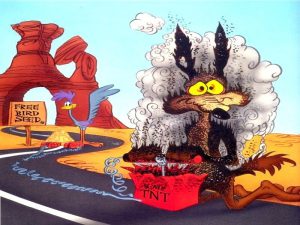This week, we talked about water in class.

Here are our answers for AE5.
Question 1
How can you purify your water when you are hiking? Name two or three possibilities. Compare these methods in terms of cost and effectiveness. Are any of these methods similar to those used to purify municipal water supplies? Explain.
Boiling
Chemicals
Filtration/Purification
Cost (cheapest to most expensive): boiling –> filtration –> chemicals
Effectiveness (most effective to least effective): chemicals = filtration –> boiling
Distillation and chlorination are done to purify municipal water supplies.
Question 2
Explain why desalination techniques, despite proven technological effectiveness, are not used more widely to produce potable drinking water
There is high energy consumption during desalination to remove salt from seawater. This is very expensive and not cost-effective. There are cheaper alternatives such as finding sources of potable water (groundwater, lakes, etc.)
Question 3
Water quality in a chemical engineering building on campus was continuously monitored because testing indicated water from drinking fountains in the building had dissolved lead levels above those established by NEA.
- What is the likely major source of lead in the drinking water?
- Do the research activities carried out in this chemistry building account for the elevated lead levels found in the drinking water? Explain.
The likely sources of lead are solder from lead pipe joints or lead pipes themselves.
No, the research activities carried out in the building do not account for the elevated lead levels found in the drinking water. Many experiments carried out in the building have been redesigned to exclude the use of lead and toxic chemicals. Also, the building is likely to have a waste disposal system that is separate from water sources.
Question 4
Some vitamins are water-soluble, whereas others are fat-soluble. Would you expect either or both to be polar compounds? Explain
Polar compounds have bonds that are of high electronegativity difference. Non-polar compounds have bonds that are of lower electronegativity difference. Water-soluble vitamins are polar compounds while fat-soluble ones are non-polar.
Polar compounds can form hydrogen bonds with water. Since water-soluble vitamins are polar compounds, they are able to dissolve in water.
Non-polar compounds cannot form hydrogen bonds with water. The weak interactions they form with water are not strong enough to break the intermolecular forces between fat-soluble compounds. Thus, they cannot dissolve in water.
Thank you for reading our page, stay tuned for more!


 Decide and explain whether the statement is correct or incorrect. Explain.
Decide and explain whether the statement is correct or incorrect. Explain.
